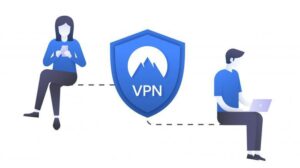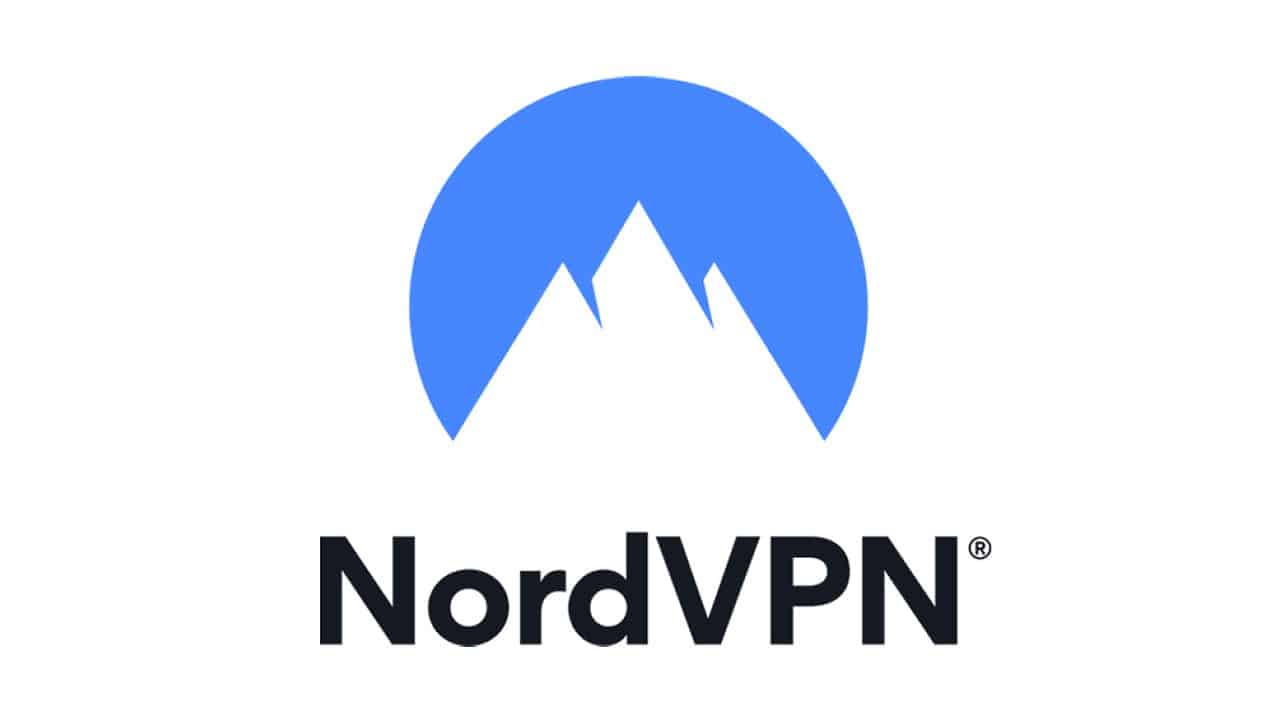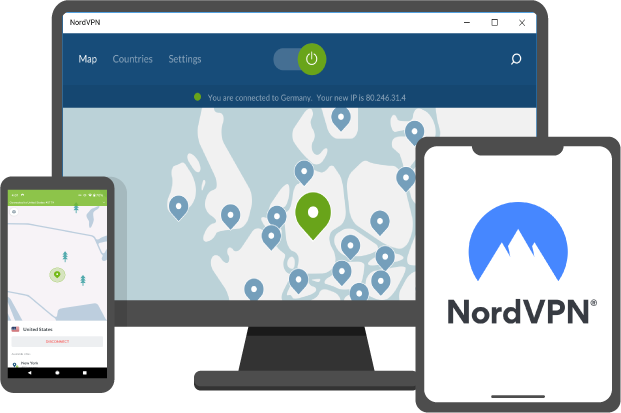Users installing Google Fibre in their homes are often interested in running a VPN (Virtual Private Network) service on their connection.
After all, the major advantage of this superfast broadband connection is that it’s purely optical—so no traffic is routed over physical “pipes,” which means it can be used for file sharing, torrents, and other online activities.
A VPN is a Virtual Private Network that acts as an intermediary between your device and the public internet. Your traffic is being routed from your device via a VPN server (that hides/masks your real IP address) and then directs you to your destination server or website.
What Is The Google Fibre Router?

Google Fibre is a broadband and IPTV service provided by Google to a small but gradually increasing number of locations.
If you’re one of the lucky few Americans who live in a Google Fiber coverage region, you might be wondering what features it brings along and whether it supports VPN or not?
How To Install VPN On Google Fibre Router?

Since there is no official way to get a VPN on Google Fibre Router, we have found a shortcut that may be unofficial, but it will surely solve your problem.
Here is a step-by-step guide on how you can get a VPN on your Google Wi-Fi Router. Follow it carefully to get it done.
1. Get Ready For Work [REQUIREMENTS]
First and foremost, you must prepare for the job. You will require the following items:
- Google Wi-Fi router
- Modem with VPN enabled
- Ethernet cable
Make sure everything works before proceeding; the last thing you want to do is waste time on something that doesn’t work.
It’s time to move on to the next step now that you have everything.
2. Connect The Google Wifi Routers To The VPN-Enabled Router
This stage will take a lot of effort and will require the use of the Google Home app.
Now, when it comes to “Connection Matters,” it implies that both routers must function well and be connected.
Also, make sure the VPN on your VPN-enabled router is turned off (not a primary router).
You can proceed after ensuring that everything is ready for the connection stage.
To connect these two routers, follow these steps:
• On your Google Nest WiFi device, Change The IP Address

The first step is to enable the connection between your Google Nest router and the other router.
To do so, you’ll need to alter the subnet or the principal router’s unique IP addresses.
The normal IP address is often 192.168.1.xxx, with the “xxx” representing a random integer.
Note: It's crucial to modify the IP address to one that isn't already in use on your network, such as 192.168.2.xxx.
Here’s how to change the IP address in the Google Nest Router quickly:
- Go to Wi-Fi and look for the Google Home app.
- Go to “Settings” and then “Advanced Networking” once you’ve arrived.
- Next, select the “LAN” option.
- Simply type “192.168.2.1” into the Router LAN address field.
- It’s also critical to enable DHCP!
Do the same thing with the second router, but make sure to put “192.168.1.1” in the LAN ADDRESS BAR.
After you’ve finished all of these steps, connect the two routers and verify that the Google Home app settings are right.
• Use an Ethernet cable to connect both routers.

The next step is to use an Ethernet wire to link both routers.
Connect the cable to your Google Wi-Fi router’s LAN port or “Internet” port before connecting it to the VPN-capable router.
During this process, make sure all devices are switched off!
Turn on your devices after you’ve finished, and you’ll notice that the Google router is now in “bridge mode.”
If everything went as planned, you should now be able to connect both routers using the LAN port options.
If not, you should investigate the issue and try again.
• Start Testing
It’s now time to put the connection to the test.
You will also require a computer or laptop to accomplish this.
Make sure your device is linked to the “Google WiFi” network rather than the “VPN enabled router.”
After that, go to your web browser and type “192.168.x.x,” where x is the IP address of your Google Nest WiFi router.
The login screen should now appear.
You’ll be able to see all of your devices that are currently connected to your network once you’ve logged in.
3. Prepare to Configure

It’s time to configure the Google WiFi network now that you’ve successfully connected both routers.
This step will also allow you to set up robust VPN security on your Google Nest WiFi routers.
Before connecting two routers, it is critical to disable any VPN activity.
In any case, if you forget to do this, your Google Wi-Fi router will not function properly.
If your routers do not have a VPN service, you can simply configure one in the second router.
Simply follow these procedures to accomplish this:
1) On the router, enable VPN
You'll need to log into the router's control panel to enable VPN. You may check whether your router is VPN-compatible there, and if it isn't, you should install VPN-compatible firmware.
After you've completed the installation, you should be ready to begin the configuration process.
2) Fill in the LAN address field on the router
Following that, you must supply some basic information about the VPN provider.
The provider's name, server address, username, and password are all included.
If any of this information is incorrect, you will be unable to connect to the VPN server.
As a result, you should go to your VPN provider's support page and request this information.
3) Start Testing The Connection
The first step is to check a website to see if the connection is working.
You can also put it to the test by watching a film online or playing an online game.
Then, turn on the VPN and double-check.
If everything appears to be in order, you're ready to go!
4. Complete The Installation Procedure

You should restart both routers and your computer after you’ve completed the process by following every single instruction explained in the article. This completes the installation procedure.
Your job is done here! You’ve successfully installed a Google Wi-Fi VPN router and can now enjoy all the perks that come with it.
Does Google Fibre Use A VPN?
Google Fibre does not currently work with VPN, because VPN connections are not supported by the router.
The Google Nest WiFi VPN client is unavailable due to a lack of third-party firmware. A VPN cannot be set up directly through your Nest device at this time.
Best VPN To Use For Google Fiber Router
The selection of the Best VPN totally depends on what Virtual Private Network suits your needs.
However, TechNijnaPro brings a list of VPN services available in the market that can give the best user experience.


What Is The VPN's Compatibility With The Google WiFi Router?
Even though it doesn’t enable VPN connections, the Google Nest Wi-Fi router is a wonderful alternative for usage with VPNs.
It offers a lot of features that make it ideal for this task, including Google Wifi app support and MU-MIMO.
VPNs can also help you increase your online security and privacy.
They can assist you in protecting your information from hackers and monitoring tools.
Setting up a VPN on a Google WiFi network, on the other hand, is not so simple.
This is because, unlike Asus router brands, this sort of router is not designed for VPN.
Third-Party Firmware: A Problem Solver
Using third-party firmware on your router is one possibility. This will enable you to add VPN support and other features that aren’t included in the default firmware.
There are a variety of firmware alternatives available, so you can pick one that best suits your needs.
However, if not done correctly, utilizing third-party firmware might be dangerous and cause damage to your router.
If this choice makes you uncomfortable, don’t use it. However, there is no other way to set up a VPN on your Google Wi-Fi network.
In any case, the obvious solution to this dilemma is to go LAN-to-WAN.
The Benefits and Disadvantages of Using a VPN on Google Fiber Router

Using a VPN on your Google Nest Wi-Fi router has certain advantages and downsides.
The biggest benefit is that it will give your internet connection an extra layer of protection and privacy.
This can be extremely beneficial in terms of protecting your data from hackers and spying tools.
Benefits
- Gives your internet connection an extra layer of protection and privacy.
- Can assist you in getting over limitations and accessing restricted websites.
- Ensures a continuous and stable internet connection
- All devices that connect to the internet via the Google WiFi router are protected.
Drawbacks
- Takes a little longer to set up than comparable routers.
- Some VPN services may not be compatible
When it comes to Google Wi-Fi router and VPN, as you can see, the problems are definitely outweighed by the benefits.
Using a VPN on this device, however, is the way to go if you want to add an extra layer of protection and privacy to your internet connection or just want to avoid some restrictions.
FAQs
VPNs can sometimes impair your connection speeds, which is why you should not use them for gaming or downloading. You can restart your VPN when you need to view content that is only available in your area.
Google Nest Wi-Fi is a network mesh router that improves Internet service. As a result, VPNs can use the system as a router to interact with it. Although most mesh router systems have VPN installation options, not all of them work.
You can use Windscribe VPN as it is one of the best services that can provide you security from the evil elements and also gives you access to every content available on the internet.





